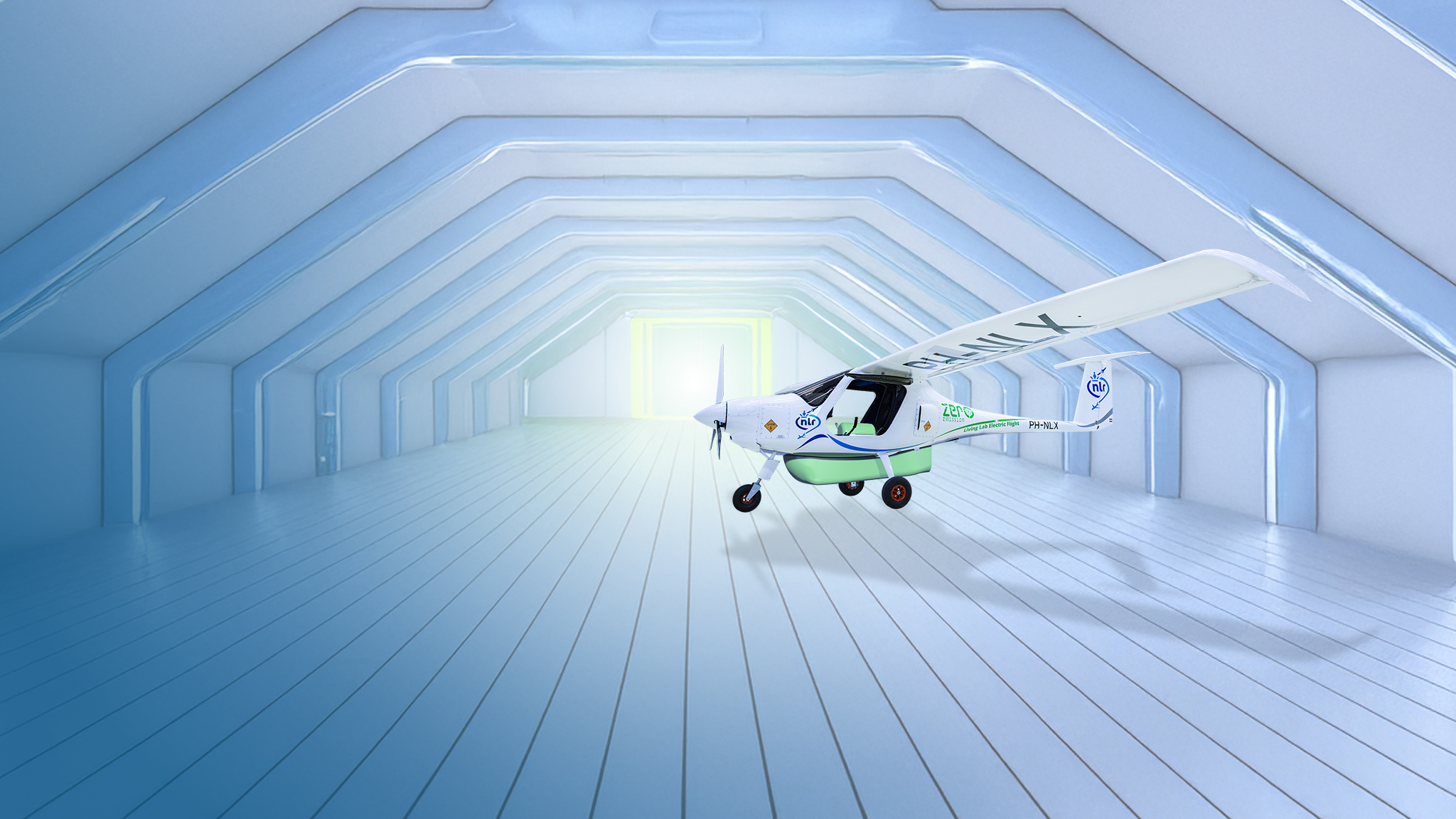
Newsroom
Filter
Stay up to date with the latest developments
Welcome to our Newsroom. Here you can find the latest news, articles, and blogs from NLR. We also showcase a range of videos and publications here. For more video content, please visit our YouTube channel, NLRmedia. The NLR Repository provides access to our public library of NLR reports.
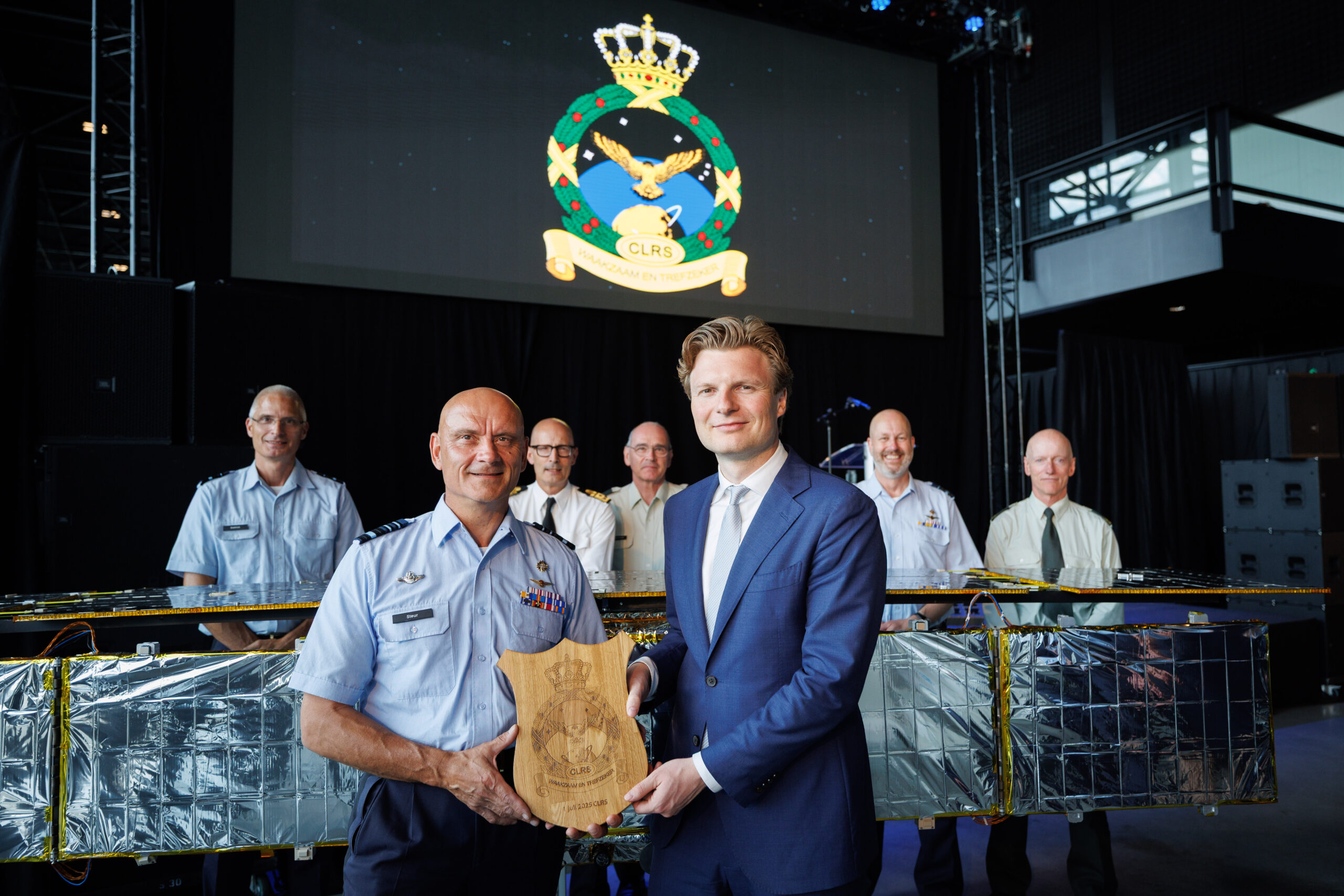
Defence and Security
02 July 2025
A new chapter for the Royal Netherlands Air Force: 112 years of history and a leap into the future
Yesterday, the Royal Netherlands Air Force (RNLAF) celebrated its 112th anniversary. In addition, the name of the Air Command (CLSK) is changing to Air and Space Command (CLRS). The name change means that space exploration is becoming more prominent within the Dutch defence. For NLR, this strong commitment by the Air Force to space power […]

Defence and Security
24 June 2025
NLR plays crucial role as partner between government and industry during NATO Summit
23 June 2025 – During the NATO summit in The Hague, Tineke van der Veen (CEO) and Martin Nagelsmit (CTO) of NLR attended the NATO Summit Defence Industry Forum (#NSDIF), where defence ministers from NATO countries were present alongside experts and industry representatives. The forum focuses on improving cooperation between NATO and the defence industry. […]
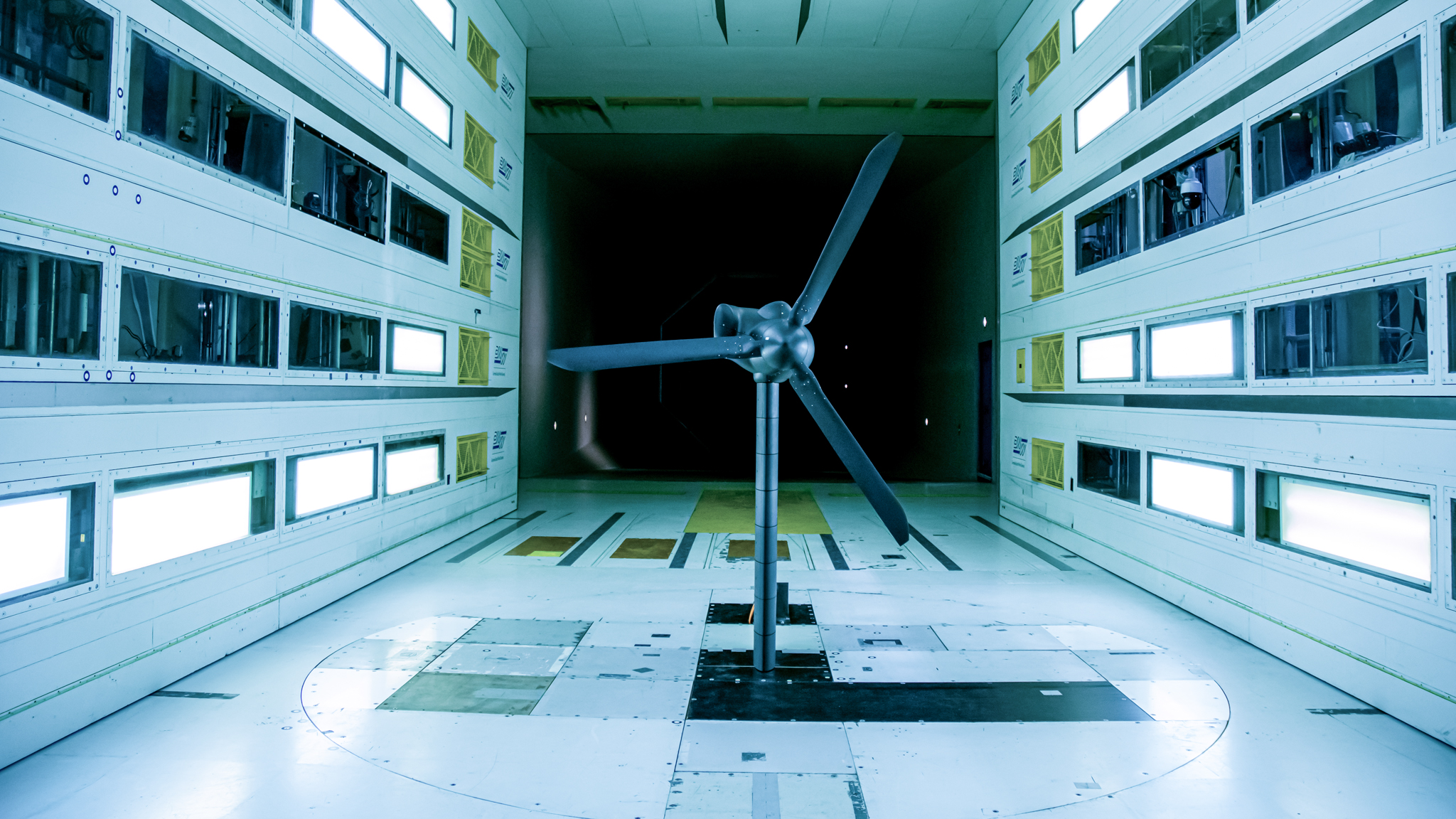
Platform System Design
24 June 2025
NLR introduces the Trim Excitation Device for precise wind tunnel testing
Recently, NLR has taken a significant step in the development of innovative technologies for the aerospace industry. With the introduction of a Trim Excitation Device (TED), we are taking a next step in the precision and accuracy of wind tunnel testing for tiltrotor aircraft. The development contributes to NLR’s ambition to be an innovation leader […]
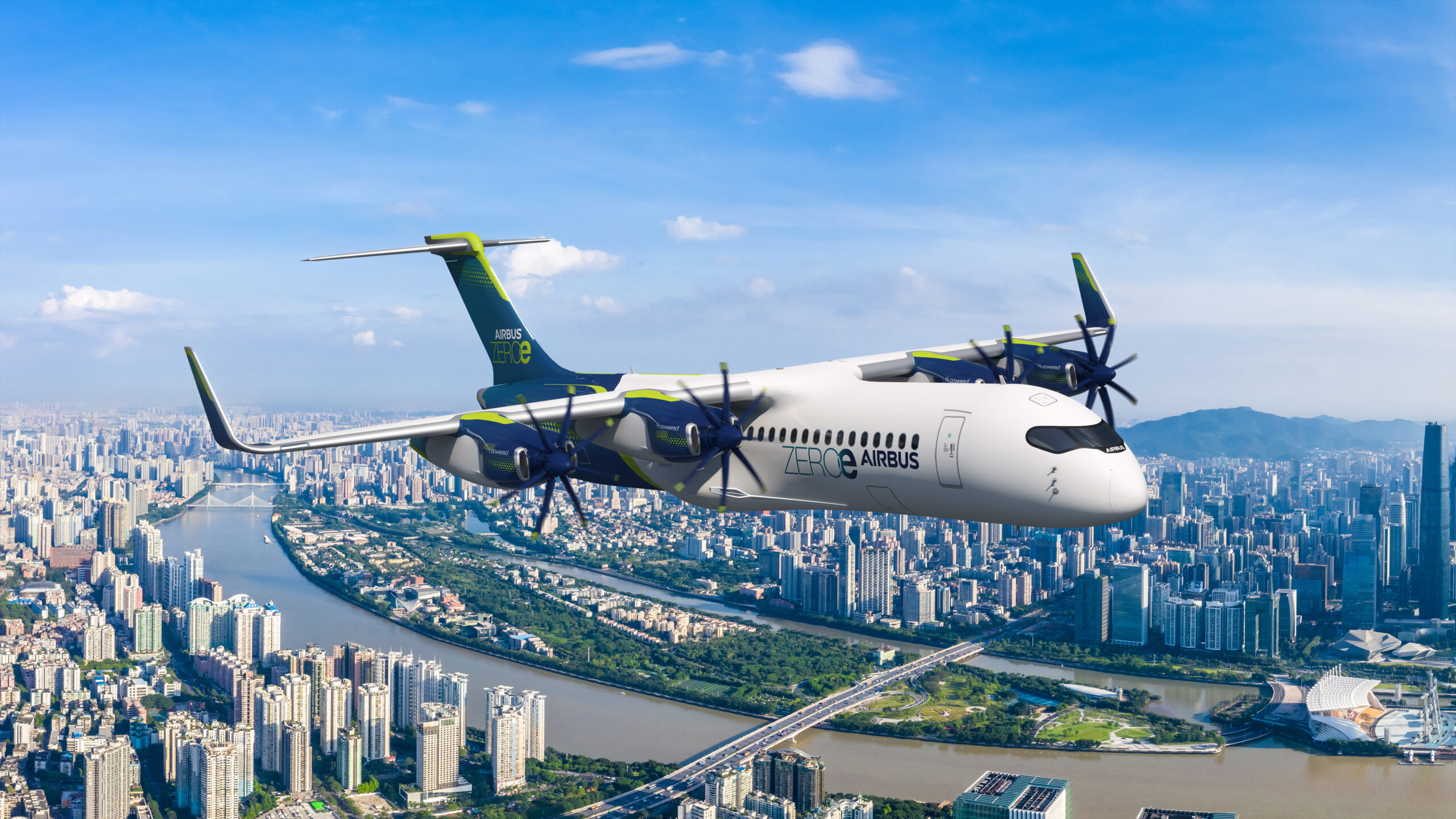
24 June 2025
R&D case: Breakthrough fuel cell technologies for aircraft
Project: BRAVA (Breakthrough Fuel Cell Technologies for Aviation) In the BRAVA project, technologies for a fuel cell-based power generation system (PGS) for aircraft are being developed. Since fuel cells generate a substantial amount of waste heat, a cooling system is required to remove this heat, which in turn accounts for a significant portion of the […]

Platform System Design
23 June 2025
NLR introduces Trim Excitation Device (TED)
We’re taking wind tunnel testing to the next level with our innovative Trim Excitation Device (TED). This game-changing technology enables precise and reliable testing of tiltrotor aircraft, helping to overcome the challenges of aeroelastic instability and whirl flutter. With TED, we’re strengthening our position as a strategic partner in the development and testing of advanced […]
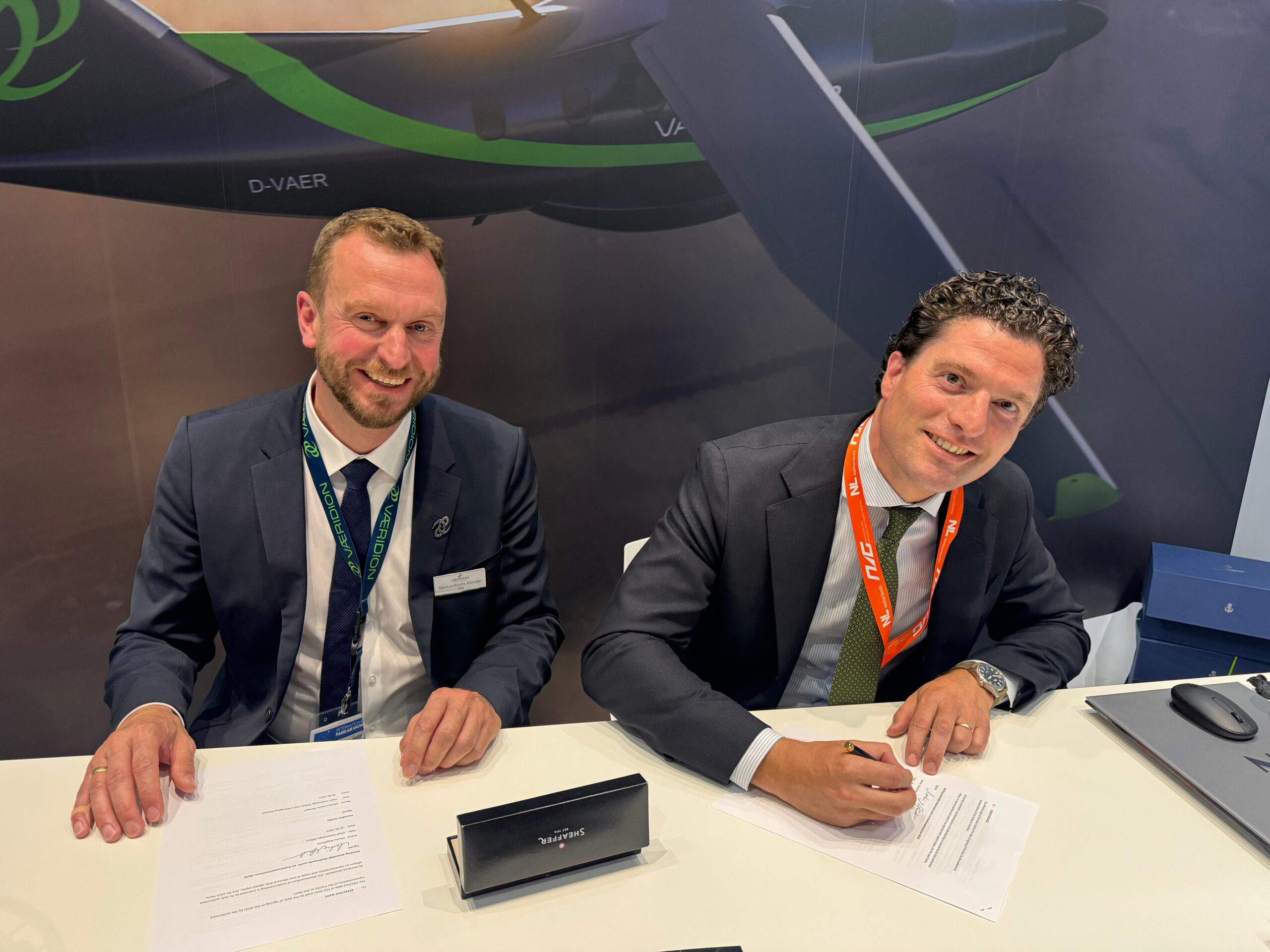
Sustainability and Environment
23 June 2025
VÆRIDION and NLR want to accelerate research and development of short-haul electric aircraft
VÆRIDION, a Munich-based aviation start-up developing 100% electric aircraft for regional travel, has signed a Memorandum of Understanding (MoU) with NLR. The collaboration aims to advance research in sustainable aviation and support the introduction of VÆRIDION’s all-electric Microliner aircraft. Key highlights: NLR plays a crucial role in Europe’s aerospace ecosystem and is a cornerstone of […]

Flight Operations and Certification
19 June 2025
International IFAR Research on Atmospheric Electrical Phenomena
How does the formation of storm clouds and electrical charging high in the sky work? Through flight measurement campaigns, the ELECTRI-FLY project aims to deepen its understanding of these kinds of atmospheric electrical phenomena. The project launch meeting marks the official start of an international scientific collaboration. On the occasion of the IFAR (International Forum […]
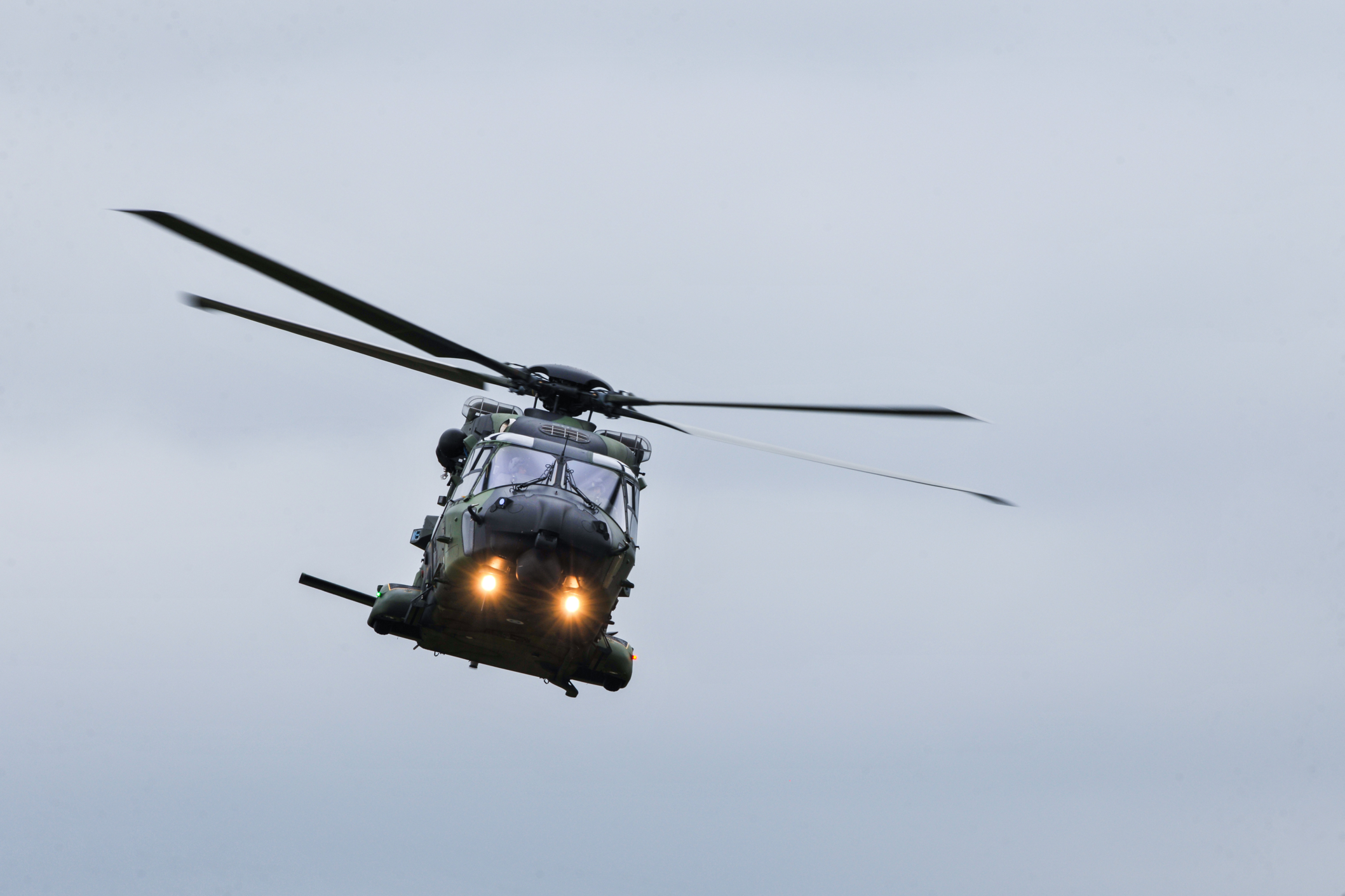
Maintenance and Repair
16 June 2025
Joint development by NLR and PhotonFirst for real-time condition monitoring of helicopters
At the 2025 Paris Air Show, the Royal Netherlands Aerospace Centre (NLR) and PhotonFirst jointly announce the development of an innovative SHUMS solution (Structural Health and Usage Monitoring System) for helicopters. This collaboration marks a significant step forward in the development of advanced monitoring technologies for the aerospace sector with real-time monitoring of structural loads […]
Sign up for the NLR newsletter to receive our latest news, recent developments, new insights, reports and whitepapers, as well as our calendar of upcoming trade fairs and events.